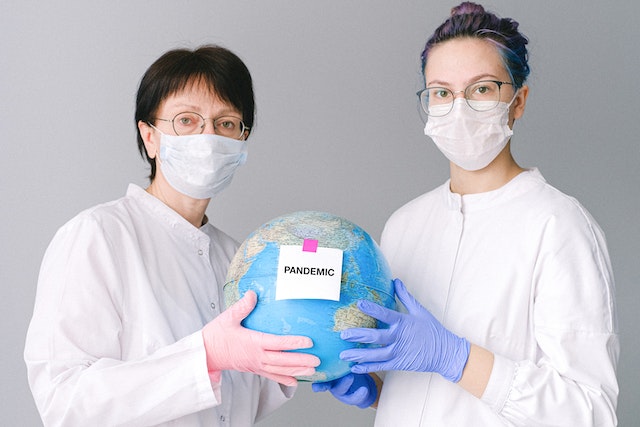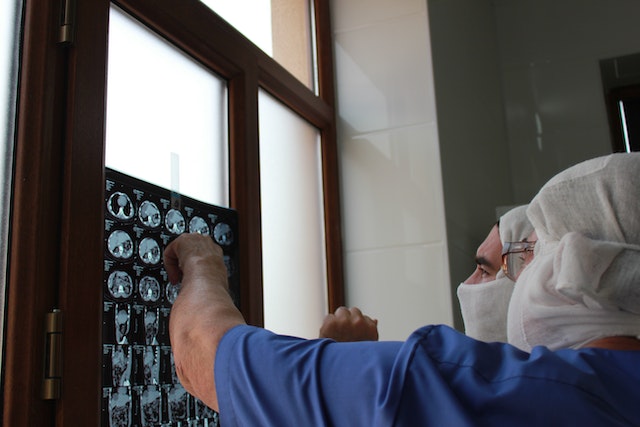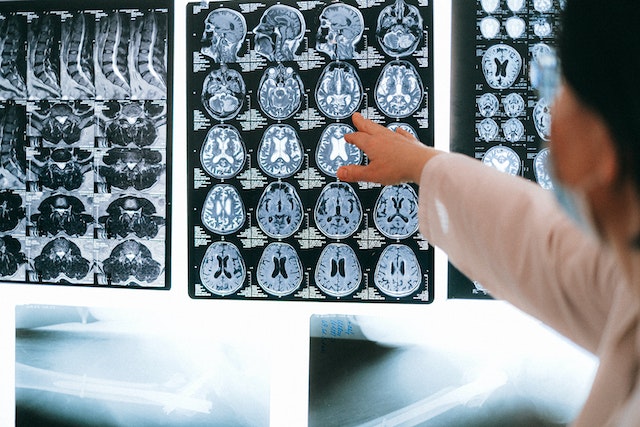What are Federally Qualified Health Care Centers (FQHCs) and Why Work for One?
Equitable healthcare is of paramount importance in the United States as it ensures that every individual, regardless of their background or socioeconomic status, has fair and just access to quality healthcare services. A society that prioritizes equitable healthcare acknowledges that everyone deserves equal opportunities for disease prevention, diagnosis, and treatment. By promoting equity, the US can work towards reducing health disparities, improving population health outcomes, and fostering a more inclusive and compassionate healthcare system for all its citizens.
FQHCs: What are They?
Federally Qualified Health Centers (FQHCs), also known as Community Health Centers, are community-based healthcare providers that receive funding from the Health Resources and Services Administration (HRSA), an agency of the U.S. Department of Health and Human Services (HHS). FQHCs are designed to provide comprehensive, high-quality healthcare services to underserved and vulnerable populations, regardless of their ability to pay. As of May 2022, there are currently 1,403 official FQHC locations in the U.S.
Here are some key characteristics and features of Federally Qualified Health Centers:
Funding and Support: FQHCs receive federal funding through grants and reimbursements from HRSA. This financial support helps them offer services on a sliding fee scale based on a patient’s income, ensuring affordability for low-income individuals and families.
Comprehensive Services: FQHCs offer a wide range of primary healthcare services, including medical, dental, and behavioral health services. They aim to provide comprehensive care under one roof, addressing both physical and mental health needs.

Accessibility and Availability: FQHCs are typically located in underserved areas, such as rural or urban communities with limited access to healthcare. They strive to improve access to care by offering extended hours of operation, same-day appointments, and accommodating walk-ins.
Patient-Centered Approach: FQHCs focus on delivering patient-centered care, emphasizing the importance of involving patients in their healthcare decisions and tailoring services to meet their specific needs. They often engage in community outreach and health education programs to promote preventive care and disease management.
Affiliation with Special Populations: FQHCs frequently serve special populations, including individuals experiencing homelessness, agricultural workers, veterans, and residents of public housing. They prioritize addressing the unique healthcare challenges faced by these populations.
Collaboration and Coordination: FQHCs often collaborate with other healthcare providers, hospitals, and community organizations to ensure coordinated care for their patients. This collaboration may involve referrals, sharing of patient health information, and integration with local health systems.
Quality Standards: FQHCs must meet specific quality standards set by HRSA. They undergo regular assessments and must demonstrate their compliance with clinical and administrative requirements to maintain their designation and funding.
Why Work at an FQHC?
Working at a FQHC offers numerous benefits for healthcare professionals. Firstly, FQHCs provide an opportunity to make a tangible impact on the health and well-being of underserved communities. By working at an FQHC, healthcare professionals have the chance to address healthcare disparities and provide essential healthcare services to individuals who may otherwise have limited access. This sense of purpose and fulfillment derived from making a difference in the lives of patients can greatly enhance job satisfaction.
Secondly, FQHCs often foster a collaborative and interdisciplinary work environment. Healthcare professionals can work closely with a diverse team of colleagues, including physicians, nurse practitioners, nurses, dentists, mental health professionals, and social workers. This collaborative approach enhances professional growth and provides opportunities for interdisciplinary learning. Working together as a team, healthcare professionals can deliver comprehensive, patient-centered care, drawing on each other’s expertise and perspectives. Workers can find this to be an enriching and supportive environment.
In summary, working at an FQHC offers the chance to contribute to the health and well-being of underserved populations, fostering a sense of purpose and fulfillment. Further, the collaborative and interdisciplinary work environment at FQHCs provides opportunities for professional growth and a supportive atmosphere. These aspects make working at an FQHC a rewarding experience for healthcare professionals passionate about equitable healthcare and making a positive impact in their communities.
Expert Staffing for FQHCs
Momentum Healthcare Staffing can connect healthcare professionals to FQHCs and also help FQHCs find the best professionals, too. It’s Momentum’s expertise to bring together healthcare institutions and professionals to create a synergistic collaboration that benefits everyone! Contact us today to learn more: (877) 558-3782
Sources:
https://www.healthcare.gov
https://www.definitivehc.com
https://www.openai.com




























Recent Comments